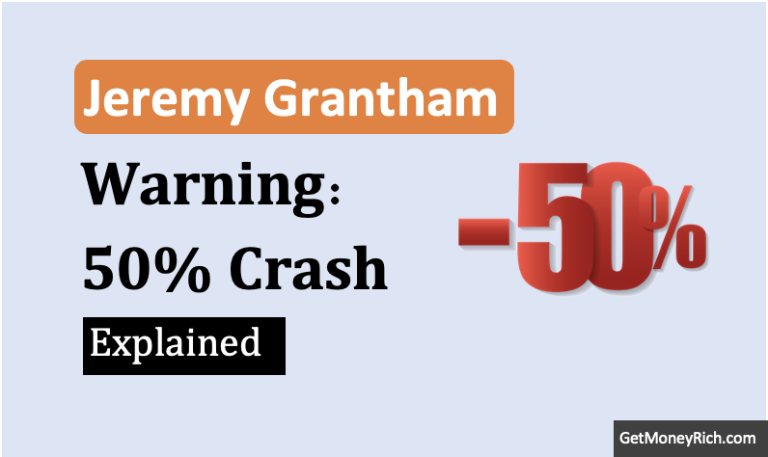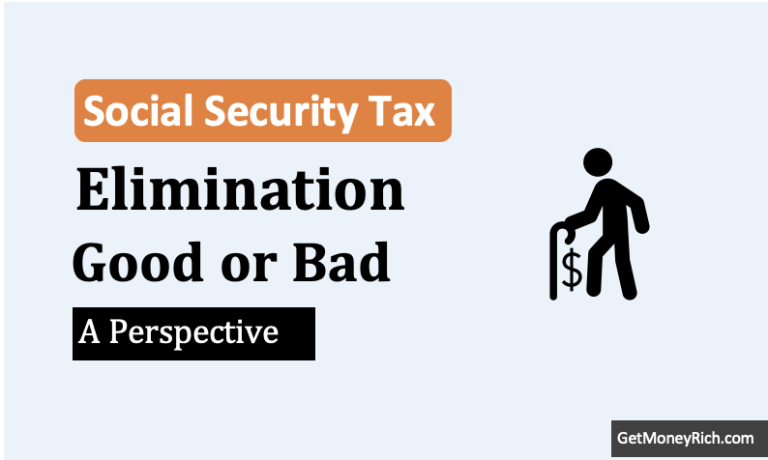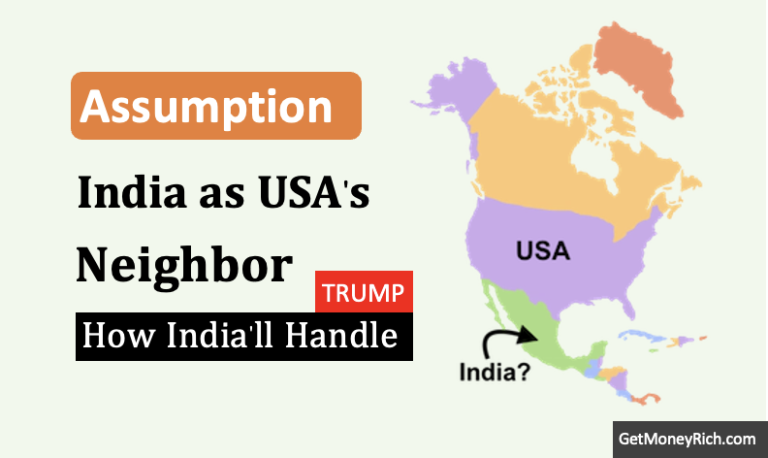Today, I want to talk about something that might seem a bit technical, but it’s actually a really important indicator of the health of our economy. I’m referring to the loan growth data from banks.
You might be thinking, “Loan growth? What’s that got to do with me?”
Well, imagine the economy as a big engine. Banks are like the fuel lines, pumping money into different parts of the economy through loans. If the fuel flow (loan growth) is strong, the engine runs smoothly. If it slows down, well, you can imagine the impact.
Recent News That Got Me Thinking
I was reading articles on something interesting (and a little concerning). Several banks have released their Q3 business updates, and the numbers for loan growth aren’t looking great.
Biggies like HDFC Bank, Union Bank, Bandhan Bank, and Ujjivan Small Finance Bank have all shown a significant slowdown in how much they’re lending.
Now, you might have heard about the recent news about RBI asking banks to control their CD (credit-deposit) ratio. Why? Because a high ratio means that the bank is taking too much risk. Read this article on loan-deposit ratio of HDFC Bank.
While the RBI might want banks to lend less so that they can control risk, this is only one side of the story. A deeper and more important analysis that we need to do is about understanding if this is also because the demand for loans is slowing down.
If it is so, it means that people and business might not be too keen to borrow money. This is a real worry for any economy.
Why Loan Growth Matters
So, why is loan growth so crucial? It’s because loans fuel economic activity. Think about it:
- Businesses: Companies need loans to expand, hire more people, and invest in new projects. If they are borrowing less, it means they might be worried about the future and are not planning to grow. That’s not a good signal. When companies are spending less, it effects the GDP.
- Individuals: People like me and you take loans for things like buying a house, a car, or even for gadgets. People in deeper need can also take loan to manage daily expenses. If people are less willing to take on new debt, it often means they are feeling uncertain about the future of their income or the overall economy.
- Overall Demand: When people and businesses borrow, they spend. That spending drives demand, which in turn keeps the economy growing. If loan growth is slow, this spending and demand often takes a hit.
The Current Picture
There is a mix of caution and worry. The recent data shows is not very encouraging.
- The first trend that is clear from the recent data is that the credit Growth is Slowing: Across the board, banks are seeing slower growth in lending than last year. This is not just a slight dip, but a significant slowdown. This is worrying because that means less money is moving around in the economy.
- The next trend is deposits growing faster than credit. In many cases, the growth in deposits (money people put into banks) is outpacing credit (disbursed loans) growth. This could be because banks are trying to manage their lending better as per the RBI guidelines. But it also could suggest that demand for loans is weak in the Indian economy.
- There is another trend which is also worrying, a few specific sectors are hurting more than others. Loan growth in personal loans, service-related loans and credit card loans has slowed down significantly. This means people are borrowing less for personal consumption. It is an indication that there is a lack of confidence or stress in their financial situations.
- The only increase in loans is in the industrial sector (banks giving loans to businesses). This is a positive sign.
But it is worrying sign that other sectors like service, personal loans etc are slowing down. This is area where the population (people like me and you) come into picture. If these loans are less, it means the sentiment is not upbeat.
- Some banks has reported stress in the microfinance sector. Some banks are also seeing a rise in loan defaults, in this sector. This is a sign that people at the bottom of the economic ladder are facing financial difficulties.
What It All Means
Okay, so here’s what I think this all means.
Based on my understanding, the data points towards a potential slowdown in the economy.
It’s true that banks are consciously trying to control their risk by reducing lending. But I also believe that there’s a genuine decrease in the demand for credit.
People are not borrowing as much. Why? These could be the possible reasons:
- Uncertainty: I think, the uncertainty in the job market is hurting the demand for credit. As people are not sure of their future incomes, they are avoiding loans (credit). When we are not sure about the future, we tend to hold back on spending and borrowing.
- Rising Costs: The recent interest rate hikes by the RBI might have made loans more expensive. This might also mean people are hesitant to take on new loans at these higher interest rates. Overall, the food inflation is also too high. In the last one year, I think there has been at 15% increase in food prices of essential food items like vegetables, cooking oils, etc.
Other Critical Factors
The overall economic sentiment is not positive.
Post COVID, the stock market did great rallies. But post the general elections, the market has also tamed itself. So, people who see the stock market as the barometer of economic growth, are feeling the lull.
As there were major elections in the country, the CAPEX spending from the government side was also low. When the government is spending less, it creates a negative sentiment. To add to the worry, India’s fiscal and trade deficits are also widening. This is another reason why the government is also cautions about CAPEX spendings.
The strengthening of the USD and the after effect of it, weakening of the Rupee, is also creating a negative sentiment. No body in India likes to see Rupee getting weaker. Moreover, when Rupee gets too weak, RBI has to spend its forex reserves (USD) to balance the USD-INR exchange rate. This depletes the forex reserves which is also not a good economic indicator.
Foreign investors (FIIs) has been leaving the Indian stock market. Some are doing so to invest in China. Some are taking off their money from India back to the US. Reason? Weakening Indian rupee, and stronger USD, is the main reason.
The Big Question: Will Interest Rates Come Down?
This slowdown in loan growth is a critical factor that the Reserve Bank of India (RBI) is likely watching closely.
Some members of the Monetary Policy Committee (MPC) are suggesting a rate cut might be necessary to spur demand.
Personally, I think it’s highly likely we’ll see some interest rate reductions in the coming months, maybe even in the upcoming February policy review.
If interest rates stay high, then loan growth can get hammered further. Which means the economy is going to have a hard time growing.
Lower interest rates can make loans cheaper, which could encourage people to borrow and spend, thereby pushing economic activity.
What Should We Do?
For us, this means being a bit more cautious with our finances.
It might be a good idea to:
- Review our Debts: Check how much we owe, and make a plan to reduce debt. Idea is to reduce the loan burden if the times get tougher. So, if you have spare money, go ahead and prepay your home loan.
- Be Conservative With Borrowing: Avoid taking on any unnecessary debt. In case you are debt-free, stay as it is for now.
- Focus on Savings: Strengthen your emergency fund, because no one knows how the future is going to play out.
Keep an eye on economic news. As a good investor, we have to be aware of the economic climate.
Conclusion
The recent banking updates are a bit of a mixed bag.
While it’s encouraging that banks are managing their risks, the slowdown in credit growth looks like a serious concern.
It signals that there is an underlying weakness in the economic climate. For me, this means that we should be cautious.
Understanding how loan growth works is essential for us as investors. It gives us an insight into the overall economy and how the various economic factors are impacting our investment portfolio.
My View on Bank Stocks
- For investors already holding bank stocks, I believe this period calls for a balanced approach. There’s no need to panic and sell everything. But it’s crucial to review the holdings. Look at the bank’s asset quality, and how they’re navigating this slowdown. I will consider using this time to average out your holdings. If I’m confident about the long term potential of the banks, I’ll add it to my holdings.
It might be better to wait for clearer signs of a recovery. Building position only gradually will be a better option. I’ll not go all in at once.
For investors whose allocation is already significant (and who are feeling uncomfortable with the current trends), this might be a good time to trim it slightly. Use the funds to diversify into other sectors.
Now is the time for prudence and strategic analysis, not aggressive action in either direction.
If you found this article useful, please share it with fellow investors or leave your thoughts in the comments below!
Have a happy investing.




